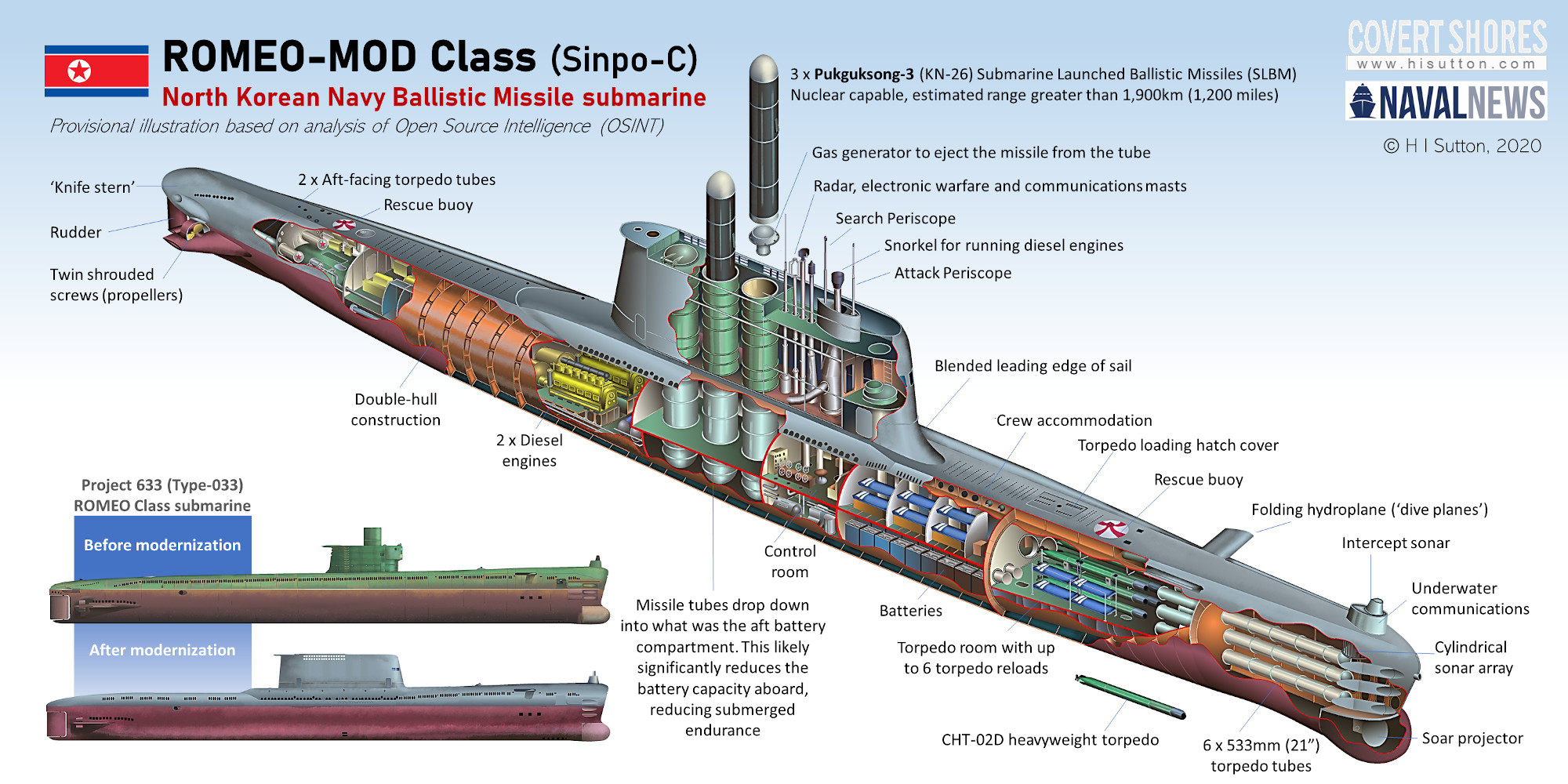Korea’s forward line of defence against SRBMs, MRBMs and IRBMs — Part 1
1. In Dec 2020, PAC-3 deliveries to South Korea became complete, which means better upper-to-middle-tier missile network against North Korean missiles by addition of a new onion layer.
(a) In Dec 2018, a Korean order of 64 PAC-3 Missile Segment Enhancement (MSE) Missile order; with the AN/MPQ-65 radar. The
AN/MPQ-65 is a passive radar meaning it does not emit any signals, but instead collects signals edited from aircraft. This allows the radar to remain undetected as it tracks targets. The upgraded radar can track up to 100 targets at once.
(b) To enhance its low-tier missile network, called the Korea Air and Missile Defense system, or KAMD, South Korea plans to acquire two more EL/M-2080 ground-based anti-missile early warning radars.“The missile defense system is to have a larger defense area with increased intercept capabilities,” the ministry said in a statement.
(c) By upgrading its older Patriot PAC-2 missile systems; and introducing in late 2020, the new KM-SAM or Cheongung II (Iron Hawk) missile systems (along with the development of the higher end L-SAM), Korea has established a dense layer defense capability to intercept new types of North Korean ballistic missiles more effectively. The L-SAM refers to a locally made long-range surface-to-air missile that is expected to complete development and be introduced in the 2024.
(d) On 27 Nov 2020, the KM-SAM or Cheongung II (Iron Hawk) system, as its mid-to-low-tier missile system (that can intercept targets up to an altitude of 15 km (49,000 ft) at a range of 40 km), was delivered to the South Korean Air Force as its low-tier missile network. It is to replace upgraded MIM-23 Hawk batteries in South Korea. A complete battery consists of up to six 8-cell TELs, a PESA X-band multi-function phased array 3D radar, and a fire command vehicle. The radar operates in the X-band and rotates at a rate of 40 rpm, covering up to 80 degrees in elevation. It can detect targets within 100 km and track up to 40 simultaneously.
2. Years of pledges by South Korean defense officials have produced little observable progress toward making the separate American and Korean missile systems interoperable, despite benefits. South Korea has multiple layers of missile defence with THAAD as the upper-most-tier missile network. THAAD sits above the PAC-3 layer (at Seongju, and covers most of the major airbases and lines of communication and supply in the country). PAC-3 and THAAD missiles are well integrated, as a Oct 2020 White Sands test shows.
(a) Each THAAD unit consists of six truck-mounted launchers, 48 interceptors, a fire control and communications unit, and an AN/TPY-2 radar. The AN/TPY-2 radar is located at Lotte Skyhill Seongju Country Club, farther from the town's main residential areas and higher in elevation, to alleviate concerns of residents in Seongju County residents, who feared that radiation emitted by the AN/TPY-2 radar would impact their health, and damage the region's famed oriental melon crop.
(b) In a major Korean conflict, tens of thousands of U.S. military personnel would deploy to Korea over time largely through the Pusan port area in southeastern Korea. They would be most vulnerable to a North Korean nuclear weapon attack while in the port area and while assembling to depart from Pusan. Not protecting exposed military personnel from the North Korean ballistic missile and nuclear weapon threat would be irresponsible, the US concluded.
(c) North Korea's missile advances across the board are cause for concern. The risks and vulnerabilities are out in the open: South Korea’s indigenous missile defense efforts are developing too slowly to counter North Korean progress; especially the Intermediate-range ballistic missiles (IRBM).
3. Chinese and North Korean IRBMs have a range of 3,000 to 5,500 km (i.e. the distance from China to Guam). In particular, North Korea’s Hwasong-12 IRBMs (which are single-stage, liquid propellant missiles) have a range of 4,500 km.
(a) The location of the THAAD AN/TPY-2 and AN/MPQ-65 radars and interceptors in Korea close to China, would make it possible, at least in principle, for the American and Korean radars to track Chinese and North Korean ICBMs and IRBMs very early after a launch and to guide 2 to 3 types of interceptors against them. This means China cannot attack Guam without having to attack these powerful radars in South Korea.
4. Despite claims to the contrary, US interceptors launched from Korea or the 7th Fleet in Japan, could intercept up to 25 Chinese ICBMs based in the North of China. Furthermore, the 40% faster speed of THAAD and PAC-3 MSE interceptors relative to the ICBMs and the early-tracking information provided by the Americans would allow the defense system to engage essentially all Chinese ICBMs launched against the continental United States. Beyond just defence, the US Army has selected variants of the US Navy’s SM-6 and Tomahawk missiles to be part of the initial prototype. The US Army will leverage US Navy contracts for missile procurement in support of this testing and it has chosen to adopt the US Navy's SM-6 missile to satisfy its ground-based Mid-Range Capability (MRC) as part of its larger
Long-Range Precision Fires initiative. The
MRC missile (using the SM-6 body and parts) is to be fielded in an operational capacity in 2023, to perform strike missions.

 www.navalnews.com
www.navalnews.com


